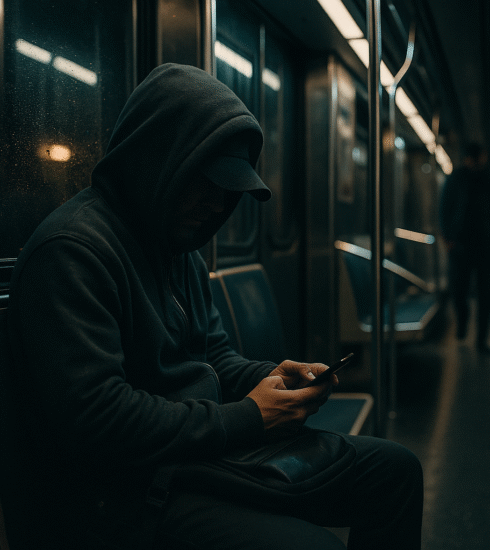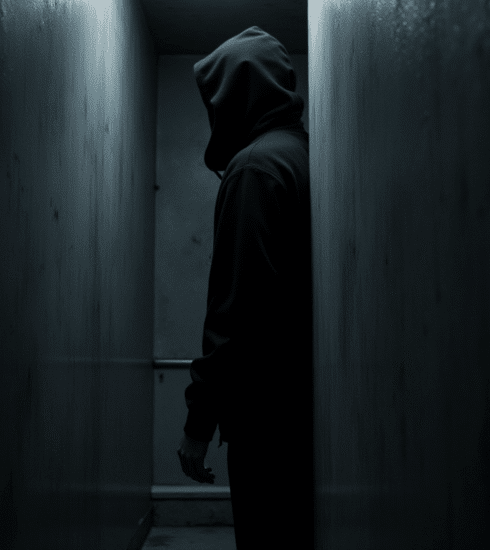Bar Security: Nightlife Baselines For Bars, Queues, Parking
The night presents a unique set of challenges for any establishment serving alcohol. A successful security posture is not about brute force but about layered deterrence and controlled access. It begins long before a patron steps through the door and extends to the parking lot and the street. My experience has shown that a proactive approach, grounded in clear observation and predictable procedures, prevents the majority of incidents. Establishing firm baselines for bars, queues, and parking is the foundation of this proactive stance. These are the non negotiable standards that keep patrons and staff safe while minimizing liability. This discussion will cover the essential bar security baselines that form a solid operational framework.
Your primary weapon is observation. Your primary goal is prevention. Every procedure you establish serves these two principles.
Establishing the Unseen Perimeter
Security begins at the outermost edge of your property line, not at the front door. The parking area and adjacent streets are your first layer of defense. A well lit exterior is a powerful psychological and practical deterrent to criminal activity. It removes shadows where problems can hide and develop unnoticed.
Your exterior team must maintain constant visual sweeps of this area. They are looking for pre incident indicators like verbal disputes or aggressive posturing between groups. A vehicle circling the block multiple times warrants attention and a radio call to the door team. This early warning allows interior personnel to prepare for potential trouble arriving at the entrance.
Coordination with local law enforcement is a force multiplier for exterior operations. Knowing their patrol schedules and having a direct contact number streamlines response. A simple phone call to report a suspicious person loitering can prevent a more serious situation later. This relationship is built on professionalism and respect for jurisdictional boundaries.
The Art of the Queue and Access Control
The queue is your filtering mechanism and the first point of direct contact with patrons. How you manage this line sets the tone for the entire evening. A chaotic, unstructured crowd outside creates an immediate atmosphere of disorder. A single file, well defined line managed by a calm professional establishes control.
The door team’s role is one of assessment and communication. They must verify identification thoroughly but efficiently, checking for signs of forgery or alteration. They are also looking for visible signs of intoxication in arriving guests. A person who is already intoxicated should be denied entry politely and firmly.
Use a pat down policy that is consistent, professional, and applied to every patron without exception. This is a critical tool for preventing weapons from entering the venue. The procedure should be brief and focused on obvious threats, conducted by trained personnel of the same gender when possible. Explain the policy clearly to avoid surprising or agitating guests.
See everything. Assume nothing. Verify everything. Your eyes are your most important tool. Trust them.
Interior Circulation and Alcohol Monitoring
Inside the venue, security personnel must remain mobile and observant. Static posts create blind spots and reduce situational awareness. A moving officer can cover more area and observe patron behavior from multiple angles. Their pattern should be unpredictable to anyone watching from the floor.
Bartenders and security must work in tandem to monitor alcohol consumption. Establish clear signals for when a bartender feels a patron has reached their limit. Security can then engage that individual, suggest water or food, and begin the process of safely slowing their intake. This proactive intervention is far better than reacting to a person who is already a problem.
Pay close attention to group dynamics and changes in body language. A sudden shift in a person’s posture or a group closing ranks can indicate a dispute brewing. Positioning a team member nearby can often deescalate the situation through presence alone. Your goal is to disrupt the pathway to violence before it is fully formed.
Parking Lot Egress and Asset Protection
The end of the night presents its own unique vulnerabilities as patrons leave. A concentrated exodus of intoxicated individuals into a dimly lit parking lot is a high risk period. Your security presence must extend into this area to ensure safe passage to vehicles. This is a service to your patrons and a liability reduction for the business.
Team members should be visible, conducting walking patrols through the lot as closing time approaches. They are looking for individuals who are overly intoxicated and may require a taxi. They are also watching for anyone who may be lying in wait to take advantage of vulnerable people. A strong presence discourages robbery and assault.
Coordinate with ride share services to have a designated, well lit pickup zone away from vehicle traffic flow. This prevents congestion and keeps pedestrians safe. Assist patrons in finding their designated drivers or arranging safe transportation home. This final positive interaction leaves a lasting impression and demonstrates genuine care for customer safety.
Post Incident Procedures and Documentation
When an incident occurs, your response must be measured, lawful, and documented. The primary objective is always to de escalate and isolate the problem individuals. Use only the minimum force necessary to protect staff, patrons, and property until law enforcement arrives. Your role is to detain, not to punish.
Every team member involved must provide a written incident report before the end of their shift. Details are fresh in memory at that time. These reports should be factual, devoid of opinion, and focused on observable actions. This documentation is critical for legal protection and for reviewing the event to improve future responses.
Conduct a brief team debrief after a significant event while details are still clear. Discuss what worked, what did not, and how procedures can be refined. This continuous improvement loop is what separates a professional operation from an amateur one. It turns experience into actionable intelligence for the next shift.
Review your established baselines regularly. The environment is always changing, and your plans must adapt. A calm, observant, and professional presence is the cornerstone of effective security. It is about maintaining a safe space for enjoyment, not about enforcing a lockdown. Your vigilance is the invisible shield that allows everyone else to relax.





